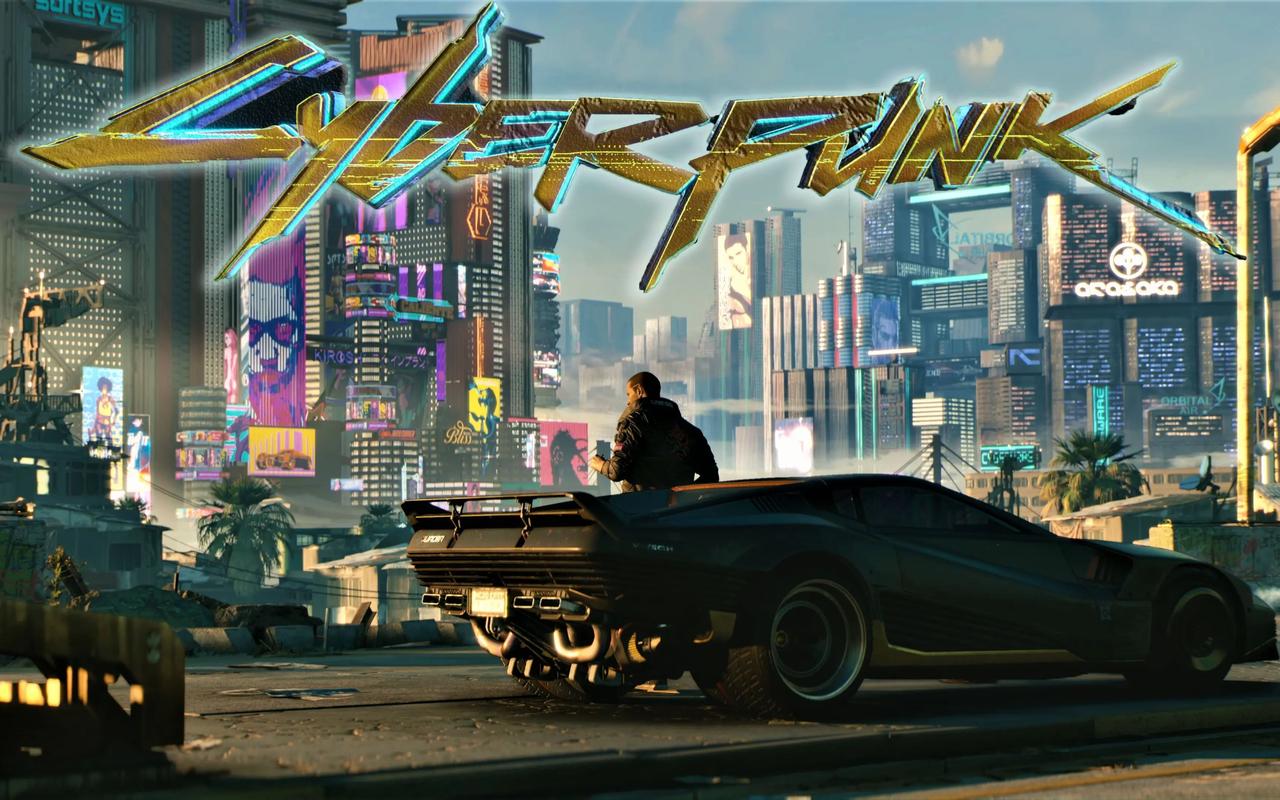The Impact of AAA Game News on Game Patch Notes
The video game industry, particularly the AAA segment, operates under an intense spotlight. Every announcement, trailer, and screenshot is dissected by a global audience of players, critics, and investors. In this hyper-connected ecosystem, the relationship between game news cycles and the subsequent release of patch notes has evolved into a complex, symbiotic dance. Patch notes, once simple lists of bug fixes, have transformed into critical communication tools, heavily influenced by the narratives, hype, and controversies generated by AAA game news.

From Technical Logs to Public Documents
Historically, patch notes were internal-facing documents—dry, technical readouts for development teams and perhaps a handful of dedicated fans on forum threads. Their primary purpose was functional: to inform players of stability improvements and known issues. The rise of digital distribution platforms like Steam, Epic Games Store, and console networks changed this dynamic irrevocably. With the ability to push updates instantly to a global player base, the scale of impact for each patch grew exponentially.
Concurrently, the games journalism and content creation ecosystem exploded. Dedicated news outlets, influencers, and YouTube channels began to treat patch notes as news events in themselves. A significant update to a major title like Cyberpunk 2077, Destiny 2, or Call of Duty guarantees a flurry of articles, videos, and social media threads. This media attention has forced AAA developers to rethink the very nature of their patch notes. They are no longer just technical logs; they are public relations documents, community management tools, and brand statements.
The Hype Cycle and Proactive Patching
The influence of game news begins long before a patch is even drafted. The announcement and marketing cycle for a AAA title creates immense expectations. Pre-release news, from developer diaries to hands-on previews, sets a benchmark for performance, balance, and content. When a game launches and fails to meet these expectations—a common occurrence in the era of "day-one patches"—the news cycle swiftly turns critical.
This negative coverage creates immense pressure on developers to respond. Patch notes become a direct response to this media firestorm. For instance, the tumultuous launch of Cyberpunk 2077 was followed by a relentless news narrative focusing on its bugs and performance issues on last-gen consoles. The patch notes for subsequent updates were meticulously scrutinized, not just for what they fixed, but as a barometer of the developer’s commitment to salvaging the game’s reputation. Each note was a public pledge of progress, designed to quiet critics and reassure players. In this context, the news cycle doesn’t just report on the patches; it actively shapes their priority list. The most publicly lambasted bugs are often expedited, while less visible but equally important backend issues may take a back seat.
The Balancing Act: Responding to News and Community Sentiment
Game news often acts as an amplifier for community sentiment. A vocal complaint from a popular streamer or a trending topic on Twitter about an overpowered weapon or a frustrating game mechanic can quickly become a major news story. This places developers in a difficult position. They must balance data-driven design decisions with the powerful court of public opinion, which is often narrated through game news outlets.
Patch notes are where this balancing act is most visible. A developer might have internal data showing a character in a multiplayer game is only marginally too strong, but if the news narrative has declared them "game-breaking," the patch notes will likely feature a significant nerf (reduction in power). The language used in the notes often acknowledges this public discourse. Phrases like "based on community feedback" or "after observing player sentiment" are common, demonstrating a direct link between the news cycle, community outrage, and developer action. This can be a positive feedback loop, ensuring developers are listening. However, it can also lead to reactive, knee-jerk changes that destabilize a game’s meta rather than fostering thoughtful, long-term balance.
Transparency and the Performance of Communication
The demand for transparency, driven by a news-hungry audience, has led to a new style of patch note communication. Developers like Riot Games (League of Legends) and Digital Extremes (Warframe) are celebrated for their detailed, often humorous and personable patch notes. This approach is a direct counter to the negative press that opaque development can generate.
News outlets are more likely to cover patch notes that tell a story. A simple list of fixes is less engaging than a developer blog that explains the why behind a change. This has led to patch notes evolving into mini-production pieces themselves. They include developer commentary, gifs demonstrating fixes, and detailed explanations of design philosophy. This performance of transparency is strategically crafted to generate positive news coverage. A well-received patch note can spawn articles praising the developers for their communication, thus creating a positive feedback loop that benefits the game’s public perception.
The Double-Edged Sword of Visibility
This heightened visibility is a double-edged sword. On one hand, it holds developers accountable and ensures player concerns are addressed rapidly. On the other, it can create a "patch note culture" where players and news outlets expect constant, immediate fixes. Every minor issue can be blown into a major controversy, demanding a public response in the next update.
This can lead to developer burnout and a development cycle that is overly reactive. Instead of working on planned, meaningful content expansions, teams might be constantly putting out fires lit by the latest news cycle frenzy. Furthermore, the intense scrutiny can make developers more risk-averse. A bold, experimental change is more likely to be criticized if it fails, and this criticism will be amplified across countless news sites. This can stifle innovation and lead to safer, more incremental updates.
Conclusion
The patch notes for a AAA game are far more than a changelog. They are a reflection of a continuous dialogue between the developer, the players, and the powerful intermediary of the game news ecosystem. The news cycle sets the stage, defines the problems, and applies the pressure. In response, patch notes have evolved from technical documents into sophisticated instruments of PR, community management, and transparency. They are a performance designed to manage hype, quell controversy, and build trust. While this has led to greater accountability and player engagement, it also risks creating a development environment that is perpetually reactive, where the loudest voices in the news, rather than a cohesive creative vision, too often dictate the priorities of a game’s evolution. The challenge for modern AAA developers is to navigate this noisy landscape, leveraging the power of the news cycle to communicate effectively while staying true to their data and long-term design goals.













